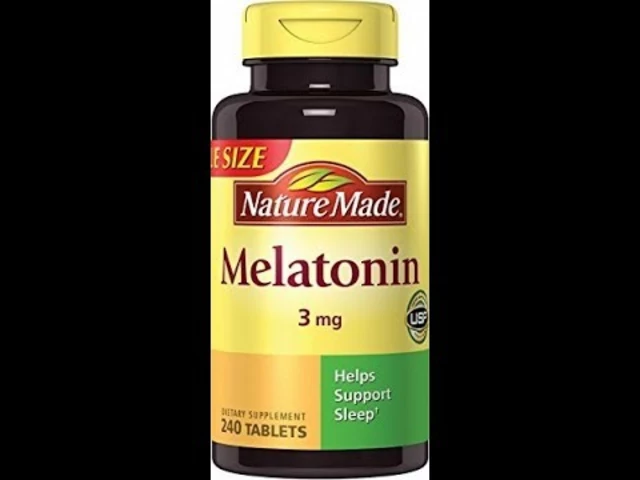Finasteride Alternatives: What Really Works for Hair Loss
Not keen on finasteride or it didn’t work for you? You’ve got options. Below I list practical alternatives — what they do, who they suit, side effects to watch for, and how to shop safely (including buying in Mexico if you want cheaper generics).
Drug options and how they differ
Dutasteride — works like finasteride but blocks two types of 5‑alpha‑reductase enzymes. That generally makes it stronger for slowing hair loss, but also raises the chance of sexual side effects. Often used when finasteride isn’t enough. Many doctors call it off‑label for male pattern hair loss.
Topical finasteride — same active drug but applied to the scalp. Early studies show fewer systemic side effects while keeping benefit for hair. If you worry about oral side effects, ask your doctor about topical formulations.
Topical minoxidil — available as 2% or 5% solutions and foams. It’s the go‑to non‑prescription option. It won’t stop DHT, but it can thicken hair and prolong growth phases. Expect to use it long term; stopping brings hair back to the pre‑treatment state.
Oral minoxidil (low dose) — used off‑label in small daily doses for some patients who don’t respond to topical minoxidil. It can help, but needs medical supervision because of blood pressure effects.
Non‑drug treatments, supplements, and practical tips
Low‑level laser therapy (LLLT) — devices like helmets or combs use red light to stimulate hair follicles. Results vary, but many people see modest thickening after months of regular use. No major systemic side effects.
Platelet‑rich plasma (PRP) — a clinic procedure where your own blood is spun and injected into the scalp. Some patients get noticeable improvement after a few sessions, though results depend on the clinic and technique.
Hair transplant — the most durable option for permanent coverage. Costs are higher, but modern techniques look natural when done by an experienced surgeon.
Topical ketoconazole shampoo and saw palmetto — ketoconazole can reduce scalp inflammation and may help when used with other treatments. Saw palmetto is a supplement some people try to block DHT naturally; evidence is mixed and dosing isn’t standardized.
How to pick the right path? Start with a clear diagnosis (male vs female pattern, medical causes like thyroid or iron problems). Try low‑risk options first: topical minoxidil, ketoconazole shampoo, and lifestyle fixes (reduce smoking, manage stress, check vitamin D/iron). If results are limited, discuss dutasteride, topical finasteride, or procedures with your clinician.
Shopping tips — if you buy meds in Mexico: choose licensed pharmacies, compare generic prices, and bring a prescription when required. Avoid sites that won’t show pharmacy credentials or that offer unrealistic claims.
Talk to a doctor before starting or switching treatments. Side effects, interactions, and long‑term plans matter. With the right combo, many people slow hair loss and improve density without finasteride.





